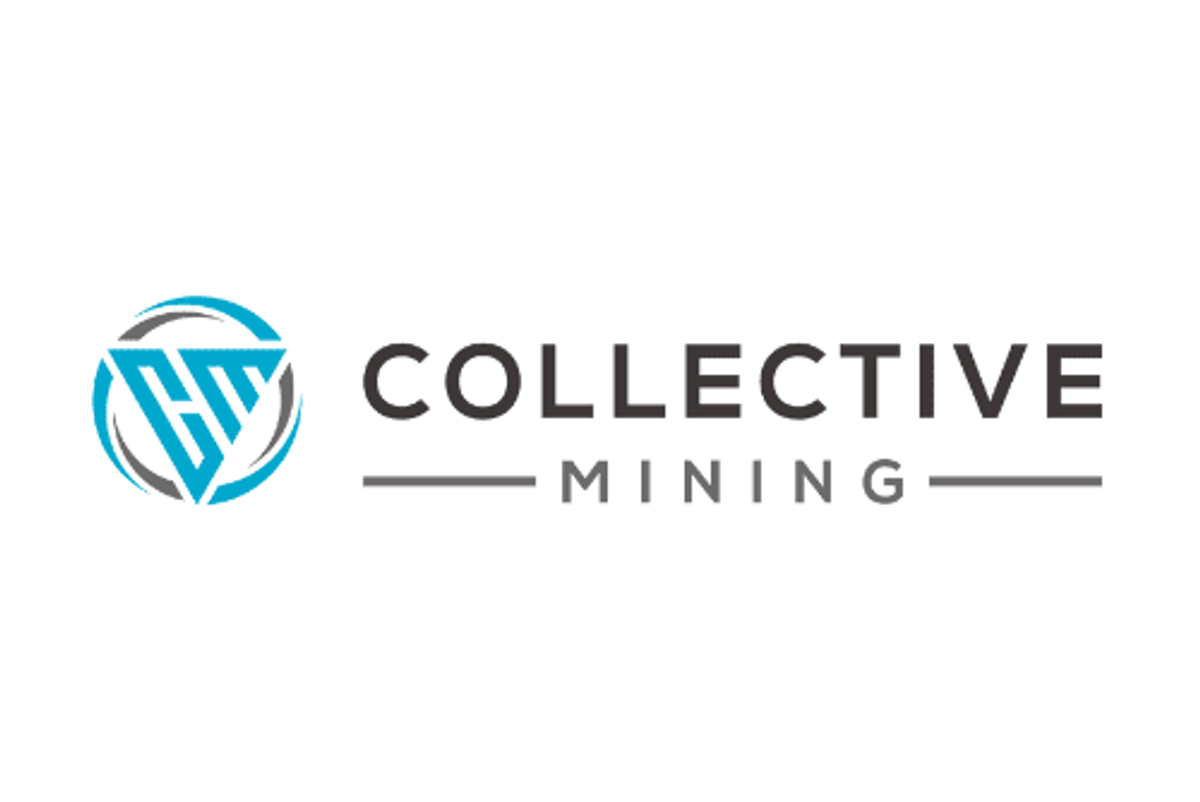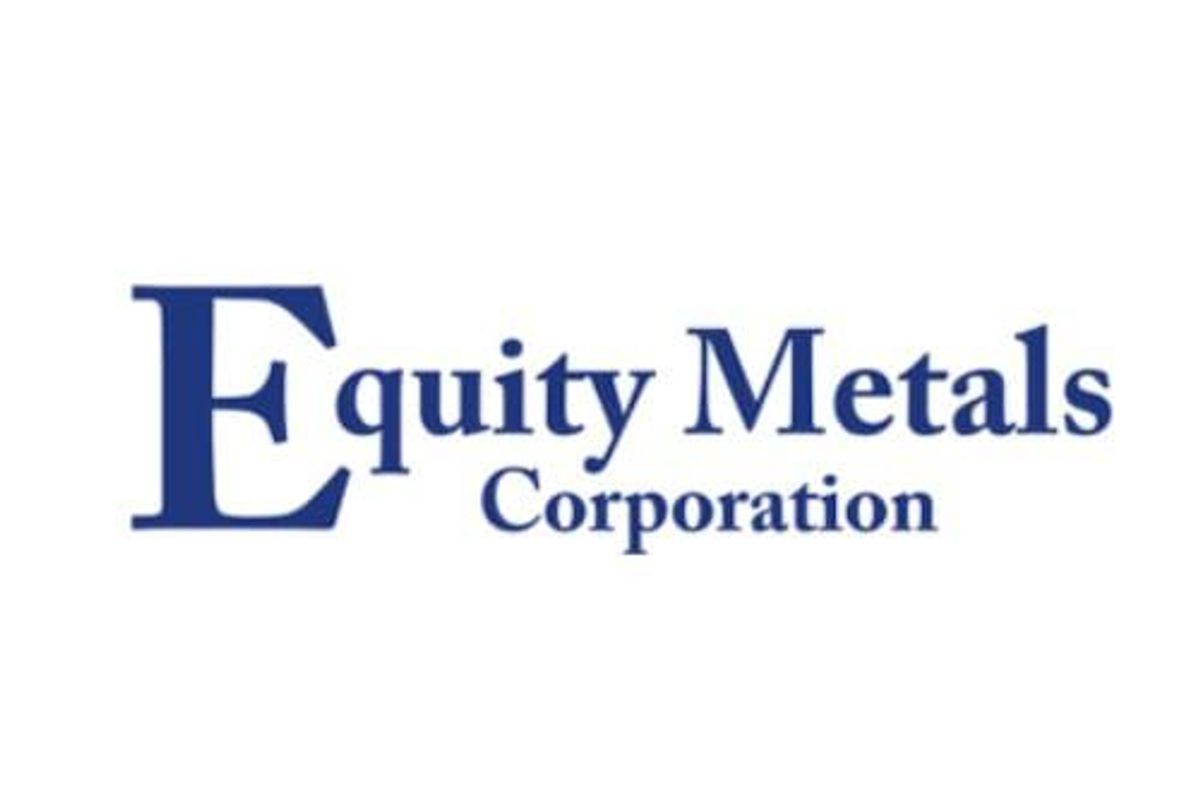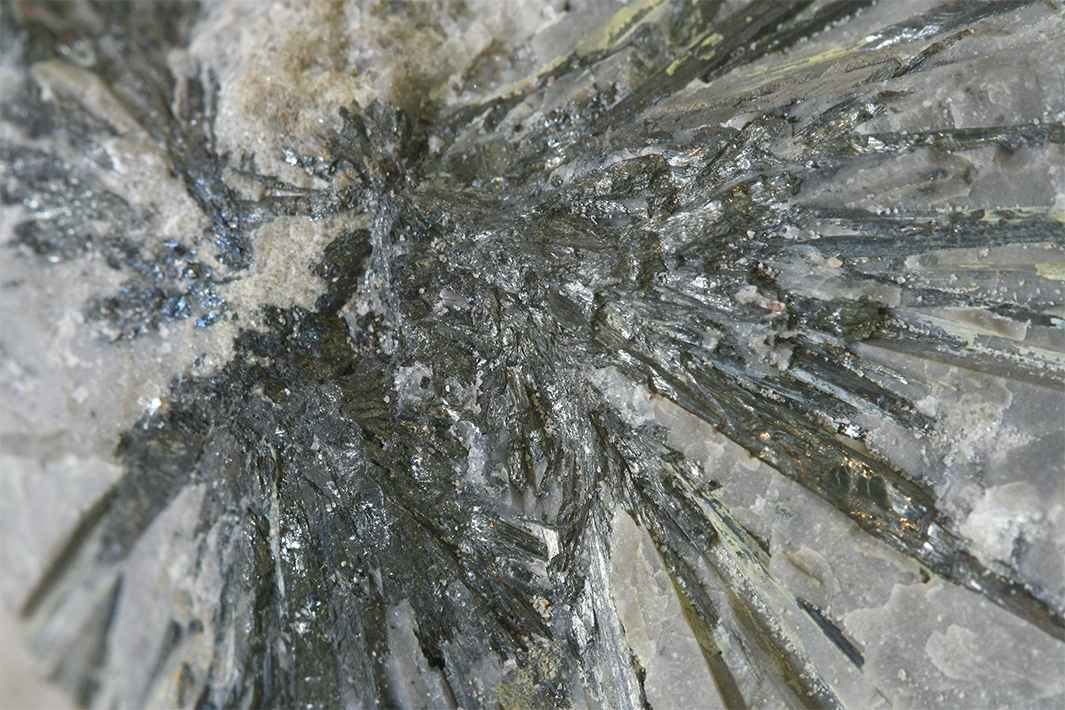
Collective Mining Ltd. (TSXV: CNL) ("Collective" or the "Company") is pleased to announce completion of the first three holes at the Olympus Central target within the Guayabales project ("Guayabales"), Colombia with three additional holes nearing completion. The Olympus target consists of three zones named Olympus Central, Olympus South and Olympus North and cumulatively measures approximately 1.25 km x 0.75 km. The Company currently has three diamond drill rigs operating at Olympus as part of its minimum 20,000 metre program for 2022 with a fourth rig expected to commence drilling at the Guayabales project prior to the end of March.
"This initial drilling program at Olympus represents the first holes ever drilled into the Olympus Central target and we are excited about the multiple styles of mineralization over potentially broad intercept lengths. Visually, the intersection of multiple CBM bearing vein zones in the Olympus Central target share numerous characteristics with the multi-million ounce gold and silver Marmato deposit. We will remain aggressive with drilling for the balance of 2022 and are excited for initial assay results in the short term," commented Ari Sussman, Executive Chairman.
Highlights (Figures 1 - 4)
Three diamond drill holes, totalling 1,423 metres, have been completed at the Olympus Central target with assay results anticipated in the coming days. Geological logging of the drill holes highlights the following important characteristics:
- Two distinct zones of mineralization have been identified to date resembling historical underground adit sampling which primarily are rich in gold and silver.
- The first zone, which consists of a matrix that includes sericite-pyrite alteration associated with a stockwork of carbonate base metal ("CBM") veins has been intersected in holes OLCC1 and OLCC3. This zone was intersected up to 360 metres in downhole length in OLCC3.
- The second zone, consisting of country rocks (schists and metasediments) impregnated by multiple zones of sheeted CBM veins, was intersected further downhole in OLCC3 from 485 metres in depth and is up to 150 metres in length . The hole was terminated at a 633 metres depth with a CBM veinlet observed at the end of the hole.
- The first zone, which consists of a matrix that includes sericite-pyrite alteration associated with a stockwork of carbonate base metal ("CBM") veins has been intersected in holes OLCC1 and OLCC3. This zone was intersected up to 360 metres in downhole length in OLCC3.
- Mineralization in drilling to date has been intersected over a vertical depth of approximately 400 metres.
- IP chargeability anomalies are coincident with the sulphide mineralization in the Olympus Central target.
- OLCC1 was drilled at the southern periphery of the Olympus Cental chargeability anomaly and intersected the most abundance of sulphides while within the chargeability anomaly.
- OLCC2 almost immediately drilled out of the Olympus Central chargeability anomaly and only intercepted sporadic sulphide mineralization.
- OLCC3 was drilled into the centre of the Olympus Central chargeability anomaly to a total depth of 633 metres and intercepted the strongest visual mineralization to date.
- OLCC1 was drilled at the southern periphery of the Olympus Cental chargeability anomaly and intersected the most abundance of sulphides while within the chargeability anomaly.
- Stepout drilling continues with holes OLCC4, OLCC5 and OLCC6. All holes are advancing well and are intersecting sulphide mineralization including CBM veins.
Qualified Person (QP) and NI43-101 Disclosure
David J Reading is the designated Qualified Person for this news release within the meaning of National Instrument 43-101 ("NI 43-101") and has reviewed and verified that the technical information contained herein is accurate and approves of the written disclosure of same. Mr. Reading has an MSc in Economic Geology and is a Fellow of the Institute of Materials, Minerals and Mining and of the Society of Economic Geology (SEG).
Technical Information
Rock samples have been prepared and analyzed at SGS laboratory facilities in Medellin, Colombia and Lima, Peru. Blanks, duplicates, and certified reference standards are inserted into the sample stream to monitor laboratory performance. Crush rejects and pulps are kept and stored in a secured storage facility for future assay verification. No capping has been applied to sample composites. The Company utilizes a rigorous, industry-standard QA/QC program.
About Collective Mining Ltd.
Collective Mining is an exploration and development company focused on identifying and exploring prospective mineral projects in South America. Founded by the team that developed and sold Continental Gold Inc. to Zijin Mining for approximately $2 billion in enterprise value, the mission of the Company is to repeat its past success in Colombia by making a significant new mineral discovery and advancing the projection to production. Management, insiders and close family and friends own approximately 40% of the outstanding shares of the Company and as a result are fully aligned with shareholders. Collective currently holds an option to earn up to a 100% interest in two projects located in Colombia. As a result of an aggressive exploration program on both the Guayabales and San Antonio projects a total of eight major targets have been defined. The Company is fortuitous to have made significant grass root discoveries on both projects with discovery holes of 104 metres @ 1.3 g/t AuEq and 710 metres @ 0.53 AuEq at the Guayabales and San Antonio projects, respectively. ( See press releases dated October 18 th and 27 th for AuEq calculation.)
Contact Information
Collective Mining Ltd.
Steve Gold, Vice President, Corporate Development and Investor Relations
Tel. (416) 648-4065
To schedule a one-on-one meeting with management please use the following link:
https://calendly.com/collectivemining/30min?month=2021-11
FORWARD-LOOKING STATEMENTS
This news release contains certain forward-looking statements, including, but not limited to, statements about the drill programs, including timing of results, and Collective's future and intentions. Wherever possible, words such as "may", "will", "should", "could", "expect", "plan", "intend", "anticipate", "believe", "estimate", "predict" or "potential" or the negative or other variations of these words, or similar words or phrases, have been used to identify these forward-looking statements. These statements reflect management's current beliefs and are based on information currently available to management as at the date hereof.
Forward-looking statements involve significant risk, uncertainties, and assumptions. Many factors could cause actual results, performance, or achievements to differ materially from the results discussed or implied in the forward-looking statements. These factors should be considered carefully, and readers should not place undue reliance on the forward-looking statements. Although the forward-looking statements contained in this news release are based upon what management believes to be reasonable assumptions, Collective cannot assure readers that actual results will be consistent with these forward-looking statements. These forward-looking statements are made as of the date of this news release, and Collective assumes no obligation to update or revise them to reflect new events or circumstances, except as required by law.
Neither the TSXV nor its Regulation Services Provider (as that term is defined in the policies of the TSXV) accepts responsibility for the adequacy or accuracy of this news release.
Figure 1: Plan view of the Guayabales Project and the Olympus Central target
https://www.globenewswire.com/NewsRoom/AttachmentNg/32889bb1-8a14-4eef-b89b-13178136549d
Figure 2: Plan View of the Olympus Central Target
https://www.globenewswire.com/NewsRoom/AttachmentNg/27d8f4c8-5e38-4a1d-9da4-1cc96ed7f8da
Figure 3: Carbonate Base Metal Veins Observed in Drill Hole OLCC3
https://www.globenewswire.com/NewsRoom/AttachmentNg/b59a32bd-88a9-4c81-8176-3e854c917983
Figure 4: Olympus: OLCC3 at 196 metres depth: CBM vein with Visible Gold, Sphalerite, Chalcopyrite, Pyrite and Carbonates
https://www.globenewswire.com/NewsRoom/AttachmentNg/66c48c19-3f73-4a24-9224-8e6589751cbc






